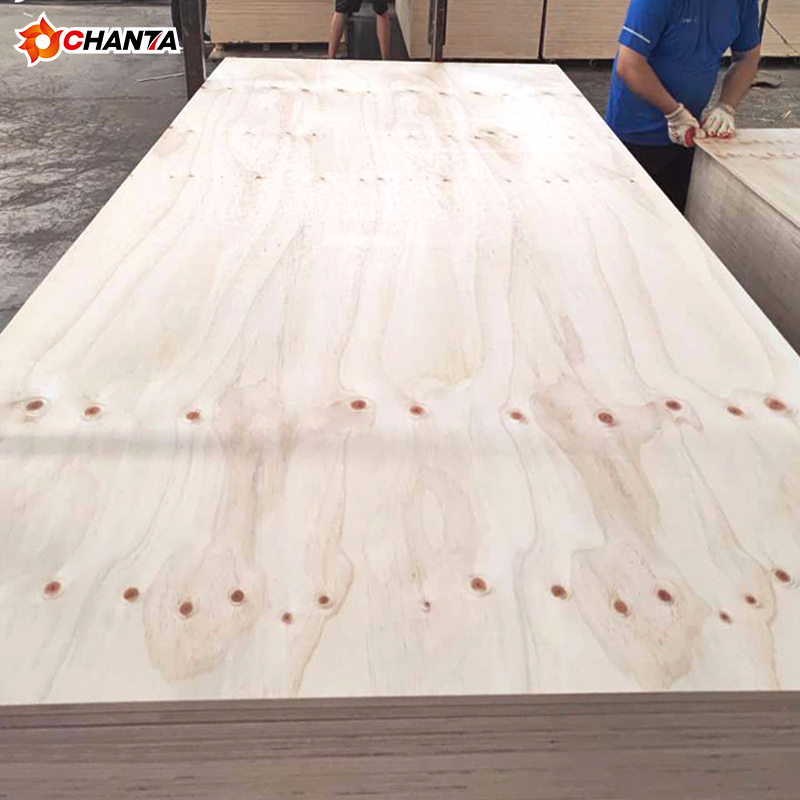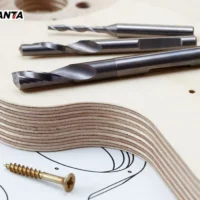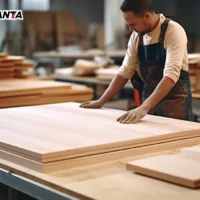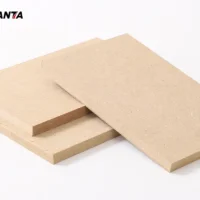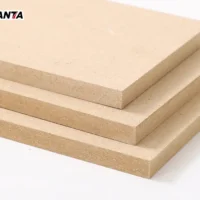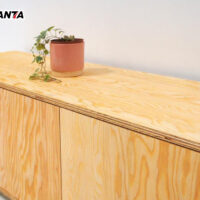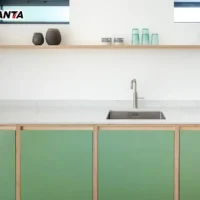When deciding between plywood and MDF (Medium Density Fiberboard), understanding their differences is essential. Each material serves unique purposes and offers distinct benefits. Here’s a comparison of plywood and MDF, focusing on price, durability, and environmental impact, to help consumers and designers make informed choices.
Cost Comparison
In terms of cost, MDF is typically more affordable than plywood. This is because MDF is manufactured from wood fibers and resin, making it less costly to produce. For budget-conscious projects, MDF is often the go-to material, especially for furniture or cabinetry that doesn’t require high durability.
In comparison, 18mm plywood is more expensive than MDF, largely due to its layered wood construction. However, plywood’s higher cost often reflects its superior performance and versatility. For projects needing both affordability and functionality, plywood offers value despite its higher price.
Durability and Strength
When it comes to durability, 18mm plywood outperforms MDF. Plywood is crafted from layers of wood veneers, giving it excellent strength and resistance to warping. This makes it ideal for areas exposed to humidity or temperature changes, such as kitchens and bathrooms.
MDF, while stable, is less durable than plywood. Its fiber-based structure can swell or weaken when exposed to moisture. MDF is best suited for dry, controlled environments where heavy load-bearing is not required. Plywood, particularly 18mm plywood, is a better choice for shelving, structural elements, or any application that demands strength and longevity.
Environmental Impact
Environmental impact is increasingly important for consumers and designers. Plywood, especially 18mm plywood, is often considered more eco-friendly. Many plywood products are made with sustainable wood sources and low-VOC glues, reducing emissions and environmental footprint.
MDF, however, is manufactured using wood fibers and adhesives that may release formaldehyde over time. Although MDF production repurposes wood waste, the adhesives used can impact indoor air quality. For eco-conscious projects, choosing formaldehyde-free MDF or certified plywood options is essential.
Visual Appeal
Both plywood and MDF offer distinct visual options. Plywood often has a wood grain surface, which adds a natural look and warmth to interiors. The wood grain of 18mm plywood can be stained, painted, or laminated, allowing for various design styles. This makes plywood ideal for visible surfaces like cabinetry, wall panels, or furniture.
In contrast, MDF has a smooth, uniform surface without wood grain. This makes it easier to paint or veneer, providing a clean, modern finish. For designs that prioritize a flawless, smooth surface, MDF can be a good choice, especially in contemporary spaces.
Best Uses for Each Material
Plywood and MDF have specific strengths that make them suitable for different projects. For durable, load-bearing applications like shelving, cabinets, or construction, 18mm plywood is a solid option. It’s also great for humid environments due to its moisture resistance.
MDF, on the other hand, is ideal for decorative elements, moldings, and indoor furniture where strength isn’t as critical. Its affordability and smooth finish make it a popular choice for painted surfaces or interior projects with budget constraints.
Conclusion
In summary, choosing between plywood and MDF depends on the project’s needs, budget, and design goals. If durability, moisture resistance, and a natural look are priorities, 18mm plywood is an excellent choice. However, for budget-friendly, smooth-surfaced options, MDF offers an attractive solution for controlled indoor spaces. Each material has its benefits, ensuring a fit for various design and functional needs.














